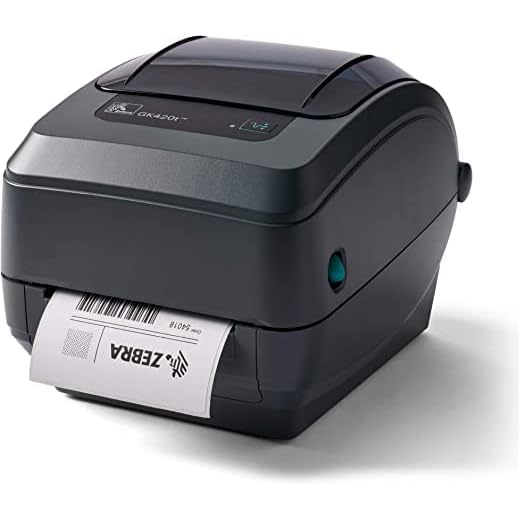
Utilize a laser or inkjet device with compatible label sheets designed for your specific model. Ensure the material is suitable for the type of ink or toner being used; otherwise, smudging or fading may occur over time.
Before sending any design to your printer, adjust the settings according to the label size to prevent misalignment. Most software options have templates available that can simplify the process by providing guidelines for placement and sizing.
Consistency in font choice and size is key. Select a clear, readable typeface, and maintain the same size throughout all items to keep the presentation uniform. Include necessary contact details such as your name, phone number, and email for easy identification.
For added durability, consider using a protective film over the printed labels after they are created. This can shield the surface from moisture and wear, ensuring that your information remains legible throughout your travels.
Techniques for Labeling Travel Accessories
Utilize a thermal transfer printer for crisp labels. Choose high-quality ribbon and compatible material to ensure durability. Adjust settings for optimal resolution based on the specifics of the medium used. For best results, maintain a clean printing surface to avoid smudges and ensure precise outcomes.
Customizations and Designs
Incorporate unique designs using software like Adobe Illustrator or free alternatives such as Inkscape. Experiment with fonts, colors, and graphics that reflect personal style. Ensure that any design remains legible at a distance to aid quick identification.
Finishing Touches
Consider laminating finished items for enhanced protection against wear and tear. Use adhesive-backed materials to easily apply findings to various surfaces. Test adhesion on small sections before large applications to confirm compatibility.
Selecting the Right Material for Travel Identifiers
Choose durable synthetic materials like nylon or polyester for high resistance to wear, weather, and tears. These options will extend the lifespan of your identifiers during travel.
Consider PVC or vinyl for a waterproof and easily cleanable surface. This is especially useful for outdoor adventures where exposure to elements is likely.
For an eco-friendly choice, look for biodegradable materials such as recycled paper or bamboo. They offer a sustainable alternative without sacrificing visual appeal.
Ensure any material selected allows for clear visibility of information. Test the print clarity on chosen substances to avoid fading or smudging over time.
If personalization is a priority, opt for materials that accept heat transfers or specialty inks. This ensures vibrant colors and intricate designs.
Lastly, evaluate any fasteners or attachments to guarantee they match the material. Strong, reliable options will ensure identifiers stay securely fastened throughout your travels. For more information on travel destinations, check out the best aquarium in san diego ca.
Choosing the Appropriate Printer and Settings
Select an inkjet printer for vibrant colors and detailed images, or opt for a thermal transfer model for durability and resistance to wear. Inkjet options are suitable for full-color graphics, while thermal printers excel with monochrome designs.
Printer Type
For short runs, consider inkjet machines; they offer flexibility in design. Thermal printers work well for longer productions due to their lower ink costs and longevity.
Settings Configuration
Set the resolution to at least 300 DPI to ensure clarity. Adjust color settings to match the tag material; glossy substrates may require different color calibration than matte finishes. Use the print preview function to verify layout alignment, especially for barcodes or QR codes.
For best results, conduct a test with your chosen material to check ink adherence and color accuracy. Experiment with borderless printing settings to maximize printable area.
Always consult the printer’s manual for manufacturer-specific guidance on loading media and optimizing output. This ensures compatibility and prevents damage to both the printer and materials.
Designing Your Luggage Tag Layout
Begin with a clear hierarchy for information. Prioritize essential details such as name, contact number, and address at the top; these should be easily readable at a glance.
Utilize grids or guides to create balance. A structured layout enhances visual appeal and ensures that items are distinct yet cohesive.
Choose fonts wisely. Opt for sans-serif types for clarity, especially at smaller sizes. Keep font sizes consistent, with larger text for your name and smaller for contact details.
Incorporate colors that stand out yet complement each other. Consider using contrasting shades for text against the background. A pop of color can aid in quick identification.
Add graphics sparingly. Logos or icons can personalize your design but avoid cluttering the space. Ensure any images used maintain high resolution to prevent pixelation.
Test variations of your layout. Print a few prototypes to evaluate readability and aesthetics. Adjust spacing and alignment based on these findings.
The durability of your material can affect layout choices. Ensure that text remains legible under different conditions, such as rain or bright sunlight. A robust design will endure while traveling.
Incorporate a QR code or barcode if desired. These can facilitate quick scanning for information while keeping the design clean.
Resourceful design can be enhanced by referring to tools and gadgets that streamline the travel experience. For example, consider investing in the best reverse close umbrella for unpredictable weather while traveling.
Applying Protective Coatings to Enhance Durability
Utilize a high-quality polyurethane or acrylic spray coating to provide a robust layer of protection against scratches and moisture. These coatings can significantly prolong the lifespan of the surface design by minimizing wear and tear from daily use.
Steps to Apply Protective Coatings
Ensure the surface is clean and dry before commencing. Apply an even layer by holding the spray can approximately 12 inches away to avoid drips. Allow the coating to dry completely as per the manufacturer’s instructions; multiple thin layers will yield better results than a single thick application.
Considerations for Choosing Coatings
Select a product that is UV-resistant to prevent fading from sunlight exposure. Some coatings offer additional features like scratch resistance or water repellency. Always read reviews and select a brand known for durability in various environmental conditions.







